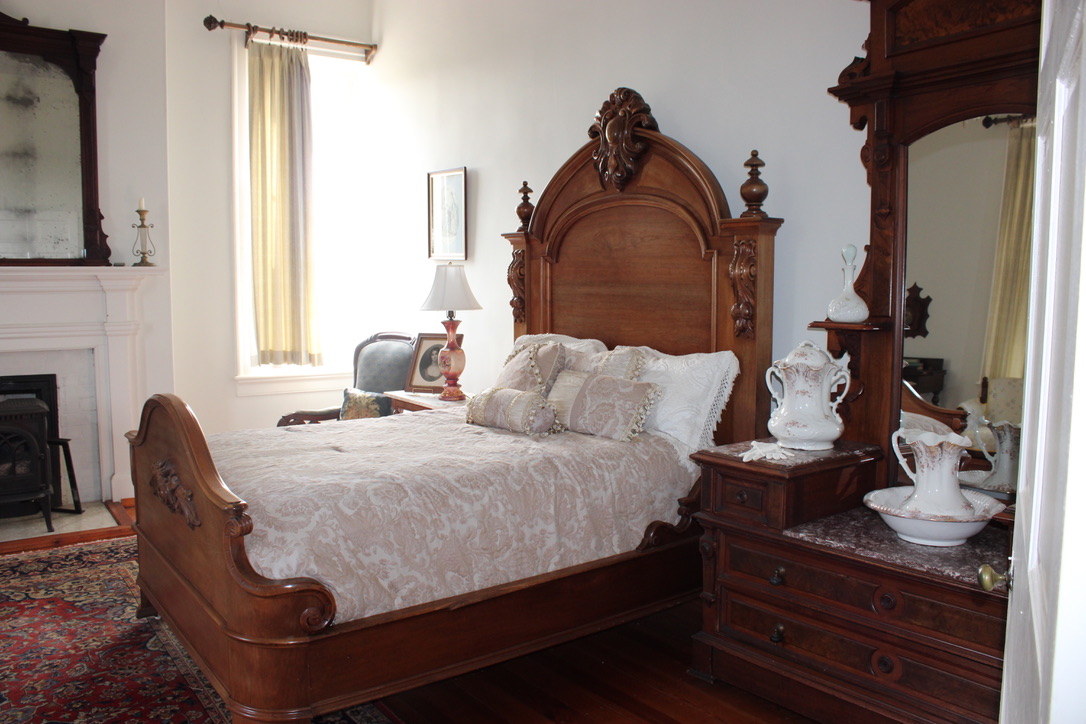From Frontier Days to the Future
From Frontier Days to the Future
The notable history of Fort Chiswell began in 1760 when over 650 soldiers were stationed at the fort during the French and Indian War. Important Cherokee leaders converged at the fort for peace talks and trade, establishing marks on land that would soon be an affluent plantation.

The Restoration
In November 2002, Chris Disibbio won the bid for the mansion against another bidder who planned to demolish the property. Disibbio “saved the mansion” later to find out he was a descendant of the McGavock family and immediately began the daunting task of renovating and restoring the mansion. The reclamation took about 11 years before reopening to the public April 2013. Disibbio owned, operated and continued to maintain the mansions legacy of hospitality and preserved the history with tours until the COVID shutdown of 2020 and was sold in 2022.
Upholding Hospitality
Maintaining and preserving history are indispensable to allow history to repeat itself and embody the same values and culture the landmark was founded and prospered upon. The “Great Wilderness Road to the West” continues to be a principal thoroughfare today as the crossroads of the Virginias, North Carolina and Tennessee providing the opportunity for the Fort Chiswell Mansion to maintain its reputation as the center of hospitality.

